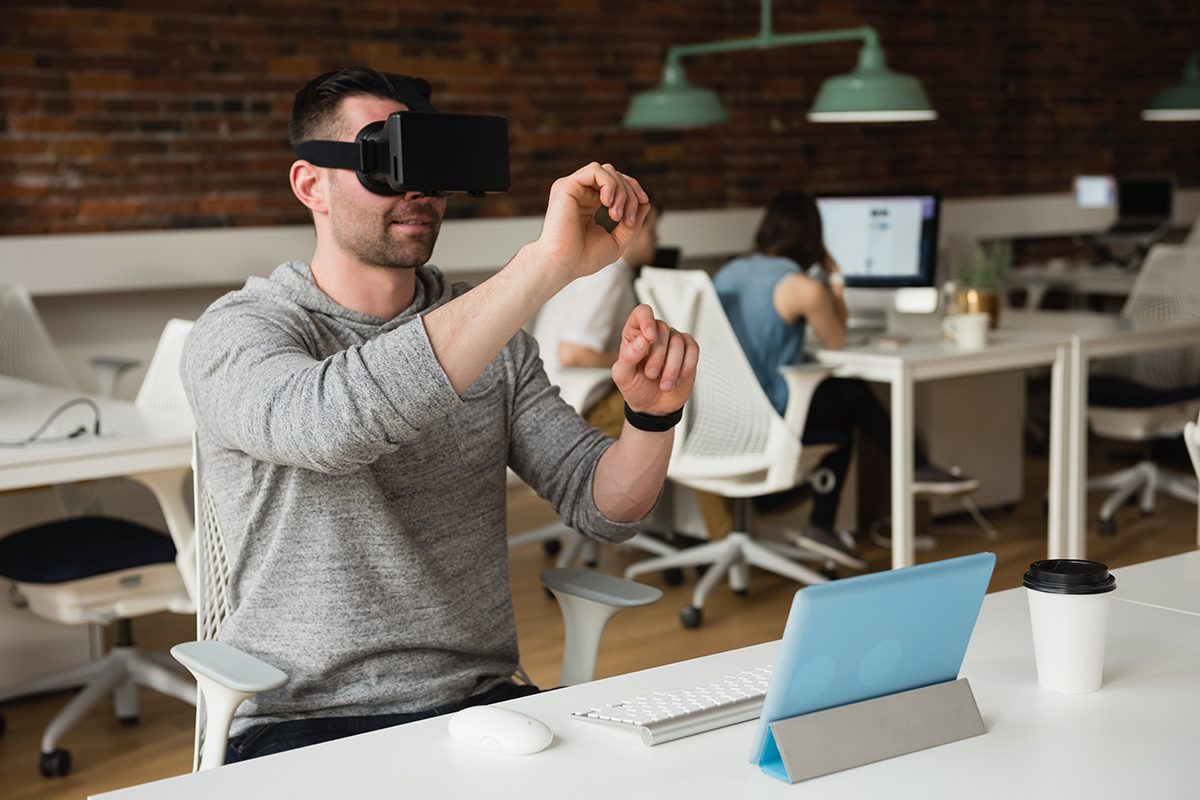Have you ever heard of Virtual Reality (VR) and Augmented Reality (AR)? These are two incredible technologies that have the potential to revolutionize the way we interact with the digital world. In this article, we will explore the differences between VR and AR, what they are used for, and how they can make a difference in our daily lives.
Section 1: What is Virtual Reality (VR)?
Virtual Reality (VR) is a technology that creates a computer-generated world that feels real. To use VR, you wear a headset that covers your eyes and has a screen inside. Hand-held controllers allow you to interact with objects in the virtual world.
VR has many applications, such as games, education, and training. For instance, VR can simulate dangerous or complicated situations, or enable interactive learning about science and history.
Section 2: What is Augmented Reality (AR)?
Augmented Reality (AR) is a technology that adds digital information to the real world. AR is experienced through a smartphone or tablet camera that captures the surroundings and adds digital objects or information to the scene. AR headsets can also project digital information onto your field of vision.
AR is used in various areas, including advertising, education, and healthcare. For example, AR can allow you to try out virtual products or provide doctors with real-time information about patients during surgeries.
Section 3: Differences and Similarities between VR and AR
VR and AR share similarities such as being used for games and entertainment, but they differ in how they work and the experiences they offer. VR creates a feeling of being in a virtual world, while AR adds digital information to the real world.
In terms of hardware, VR usually requires a computer and headset, while AR can be accessed with a smartphone or tablet. Additionally, VR offers more interactive experiences, while AR is often more passive.
Section 4: Potential Future Uses of VR and AR
The potential uses of VR and AR are infinite. In the future, they could be used in various fields, such as remote work, virtual tourism, and interactive art.
An exciting possibility is the use of VR and AR in medicine. They could be used to provide medical professionals with immersive training experiences or create virtual environments that help people with chronic pain or anxiety.
Conclusion:
Virtual Reality (VR) and Augmented Reality (AR) are two incredible technologies that can impact the way we interact with the digital world. They can be used for games, education, healthcare, and more. VR is experienced through a headset, while AR can be accessed through a smartphone or tablet. In the future, we can expect to see many more ways in which VR and AR can enhance our lives.










